
In this 1934 Diego Rivera mural, "Man, Controller of the Universe," Leon Trotsky makes an appearance.
In 1937, Frida Kahlo took a new lover. He was Leon Trotsky, the Russian revolutionary. When Frida met Trotsky, he was a man without a country. He had come to Mexico as a political refugee. He had been expelled from the Soviet Union by his archrival Josef Stalin. For nine years, Trotsky and his wife Natalia had lived in exile, searching in vain for political asylum in Turkey, France, and Norway, with no country wanting to admit them permanently, fearing reprisals from the Soviets (they threatened, for instance, to cancel their large exports of Norwegian herring).
Trotskyites all over the world were frantic with worry. Frida’s husband Diego Rivera, a well-known Communist and recent convert to Trotsky’s brand of Communism, came to the Trotskys’ rescue, intervening on their behalf with the Mexican government to grant them asylum in Mexico City.
Diego was hospitalized with eye and kidney problems when, on the morning of January 9, 1937, the steamship carrying Trotsky and his wife arrived in Tampico harbor. Natalia Trotsky refused to disembark until she was sure she was safe and saw some familiar faces. She had lived for years surrounded by guards and under threat by assassination by Stalin’s agents. She was afraid to leave the boat. Finally a government cutter approached carrying a welcoming party of Mexican authorities, Communist party members, journalists, and Frida Kahlo, who was standing in for the ill Diego. (1)
Satisfied they were in safe hands, Trotsky and Natalia walked down the wooden pier to freedom. He, wearing tweed knickerbockers and a cap, and carrying a briefcase and a cane, walked with his chin held high, his stride that of a proud soldier. She, a little dowdy in a suit and looking worn and worried, watched her feet so as not to trip on the rought planks of the narrow dock. Just behind them walked Frida, lithe and exotic in her rebozo (shawl) and long skirt.” (1)

Natalia and Leon Trotsky arriving in Tampico, Mexico, January 9, 1937, greeted by artist Frida Kahlo, center.
A train carried them to the capital where Rivera awaited them. The two great men, lovers of Communism, embraced, then all four drove quickly to Frida’s childhood home in Coyoacan called the Blue House. There the Trotskys would live rent-free, off and on for two years, with their every need and want attended to by Frida, Diego, Cristina Kahlo, friends, and Trotskyite party members who acted as guards, chauffeurs, escorts, and advisers.
Diego had the blue house turned into a fortress. The windows that faced the street were filled in with adobe bricks. Police stood guard during the day, Trotskyites by night. Diego even bought the property next door and connected the two buildings to provide a larger garden and a wing with a studio for Frida, as she would be the Trotskys’ chief hostess.

"Fulang-Chang and I," by Frida Kahlo, 1937. At age 29, Frida was at her loveliest.
It didn’t take long for both Frida and Trotsky to start making eyes at each other. Both were notorious for conducting extramarital love affairs. Trotsky and Frida spoke English to one another, which left Natalia guessing what they were saying, as she didn’t speak English (and Diego’s English was deplorable).
The two couples saw a lot of each other. Frida was openly flirtatious with Trotsky, calling him “love” and hoping to make Diego insanely jealous in retaliation for his affair with her sister Cristina (See previous post, “Frida Kahlo: I Can’t Live, if Living is Without You!”).
Trotsky slipped love letters into books he loaned Frida. By late spring of 1937, the two were immersed in a full-fledged love affair. They met secretly at Cristina Kahlo’s house, which Diego probably had bought her. Frida nicknamed Trotsky “Piochitas” (little goatee) for his white beard and called him also “el viejo,” as he was 58 years old while she was only 29.
By late July, though, the affair had fizzled out. Frida had proved to herself that she could still attract men and returned, as usual, to doting on Diego. The end may have come about, though, because Natalia and Diego discovered the affair (which could have been Frida’s intention all along). Over time, Diego and Trotsky had several philosophical disagreements about Communism. Diego ceased to be a Trotskyite. Soon, the couples grew apart, although the Trotskys remained in Mexico, they moved out of the Blue House.
Frida, though, remained friends with Trotsky. She painted a self-portrait for him. The painting shows her standing between two curtains, holding a piece of paper that says in Spanish,
‘To Trotsky with great affection, I dedicate this painting November 7, 1937. Frida Kahlo, in San Angel, Mexico.’ The date was significant because it was both Trotsky’s birthday and the anniversary of the October Revolution, according to the Gregorian calendar.” (2)

"Self-Portrait Dedicated to Leon Trotsky Between the Curtains," by Frida Kahlo, 1937
Less than three years later, Trotsky was dead. On August 20, 1940, he was attacked in his home by an assassin sent by Stalin named Ramón Mercader, who buried the pick of an ice axe into Trotsky’s skull. Trotsky died the next day.

Leon Trotsky on his Deathbed, August 21, 1940
Frida was distraught. She called Diego in San Francisco to tell him the news.
“They killed old Trotsky this morning,” she cried. “Estupido! It’s your fault that they killed him. Why did you bring him?” (1)
Frida had met the assassin once in Paris and had invited him to her house in Coyoacan to dine, which placed her under suspicion. She was picked up by the Mexican police and interrogated for 12 hours, before being released, two days later, without charge.
(1) Herrera, Hayden. Frida: A Biography of Frida Kahlo. New York: Harper & Row Publishers, Inc., 1983.
(2)Zamora, Martha. Frida Kahlo: The Brush of Anguish. San Francisco, Chronicle Books, 1990.
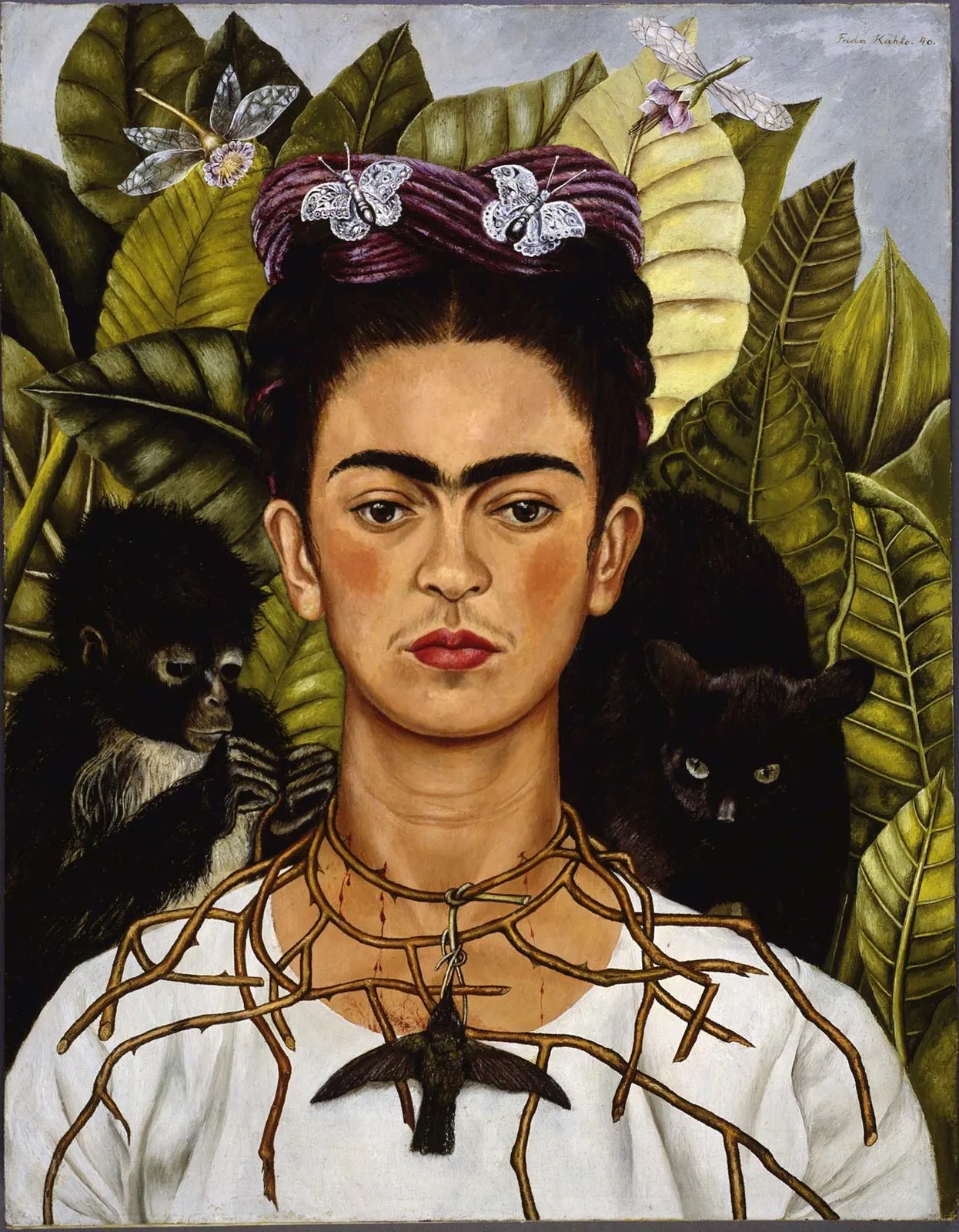
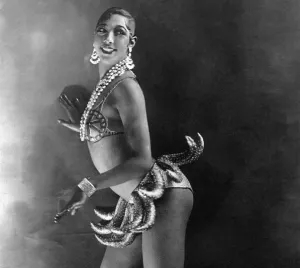

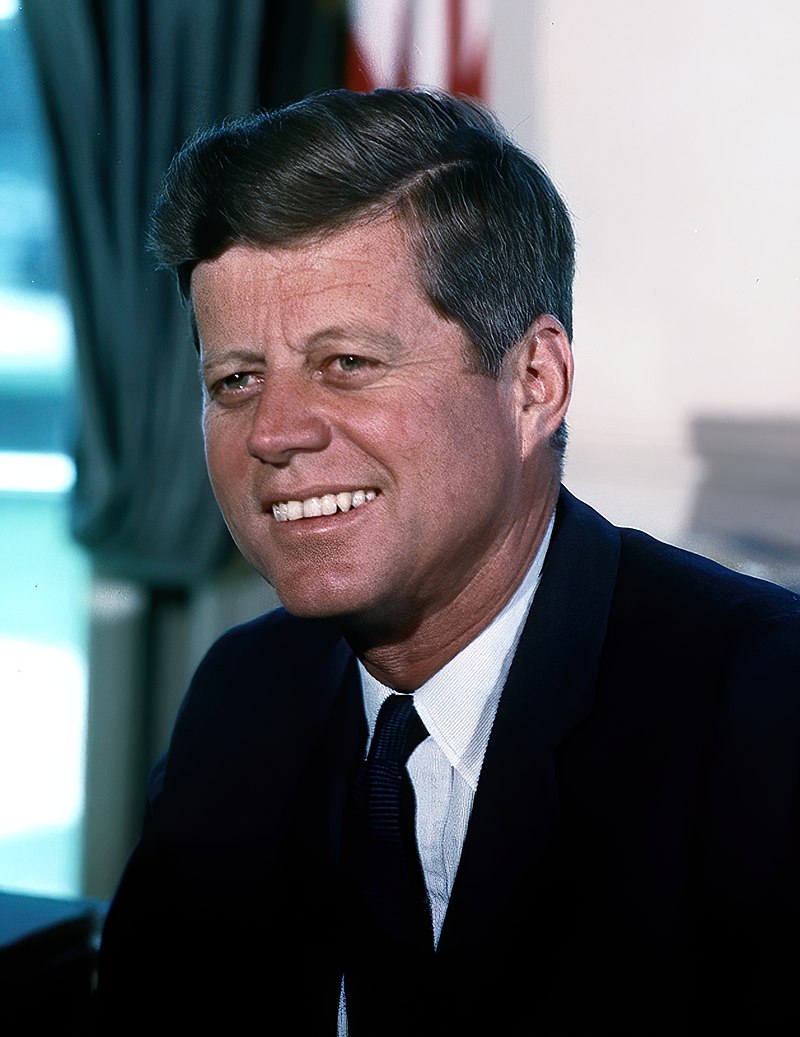

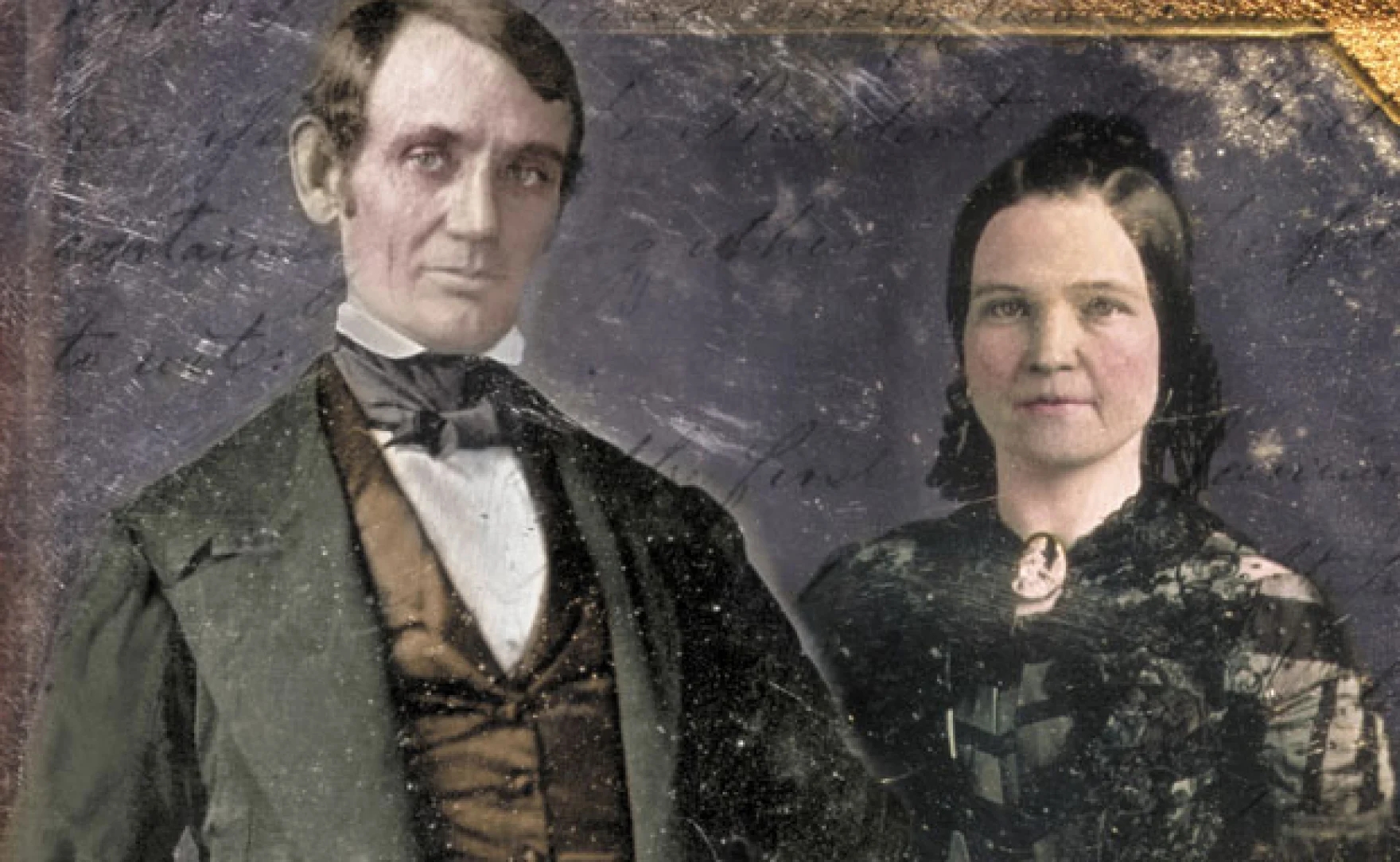
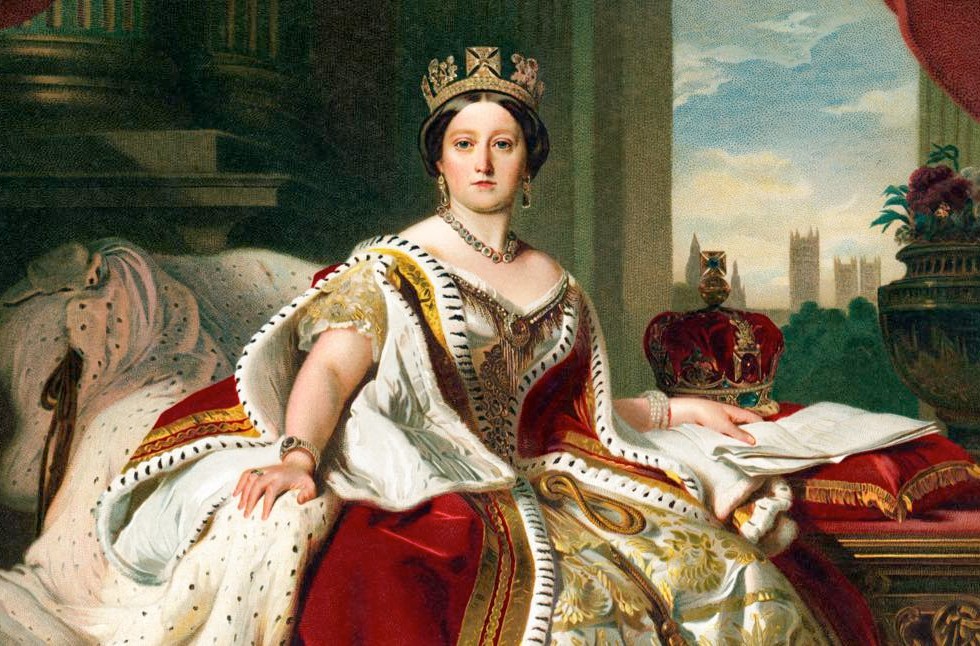
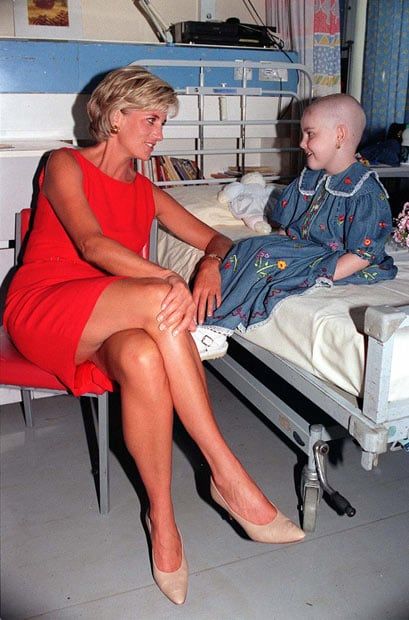

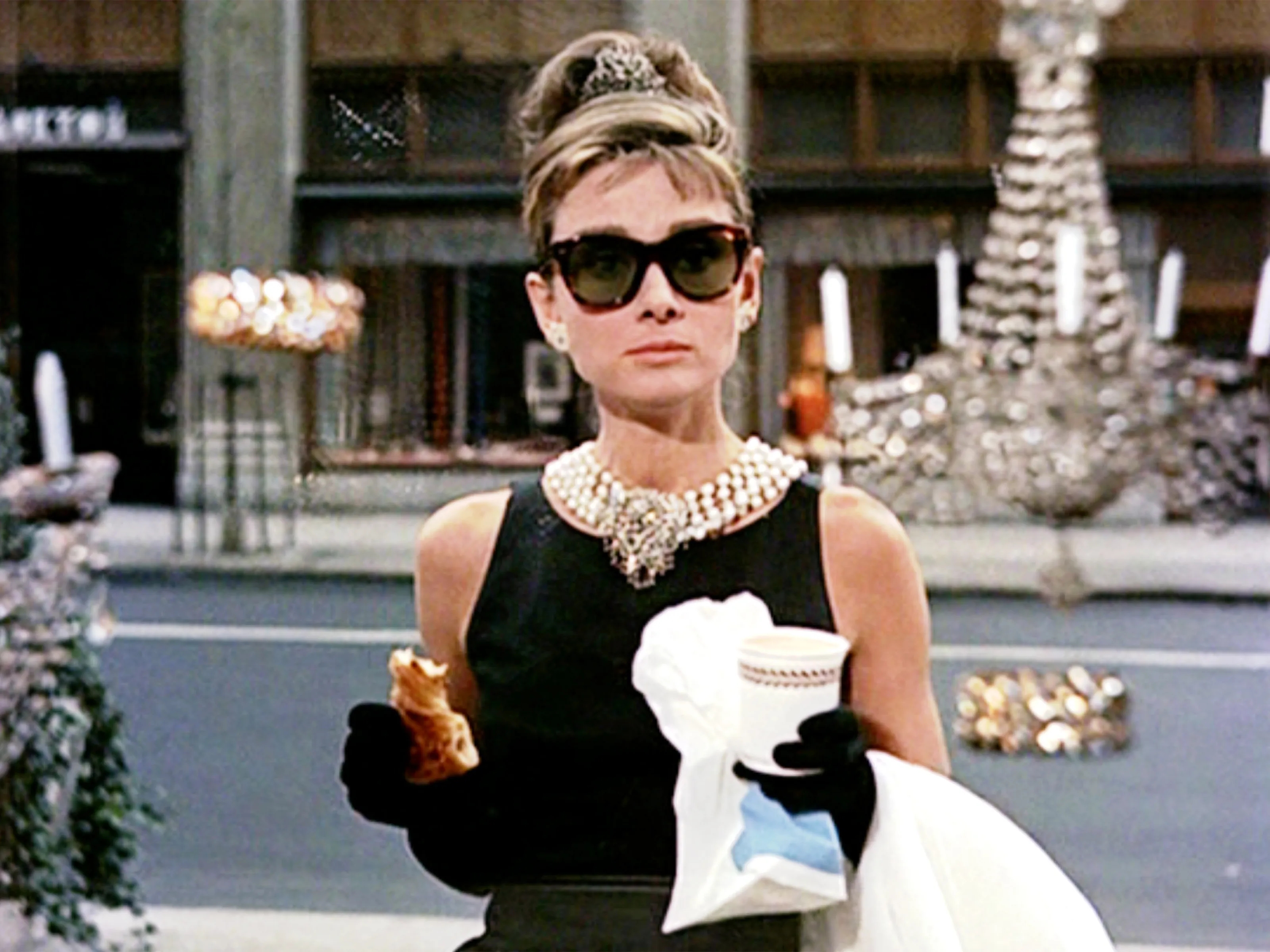




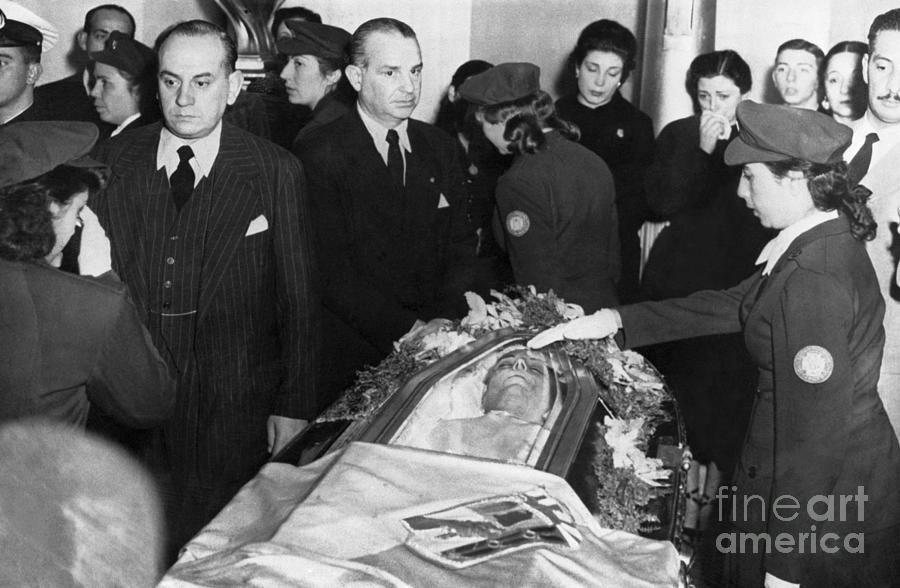
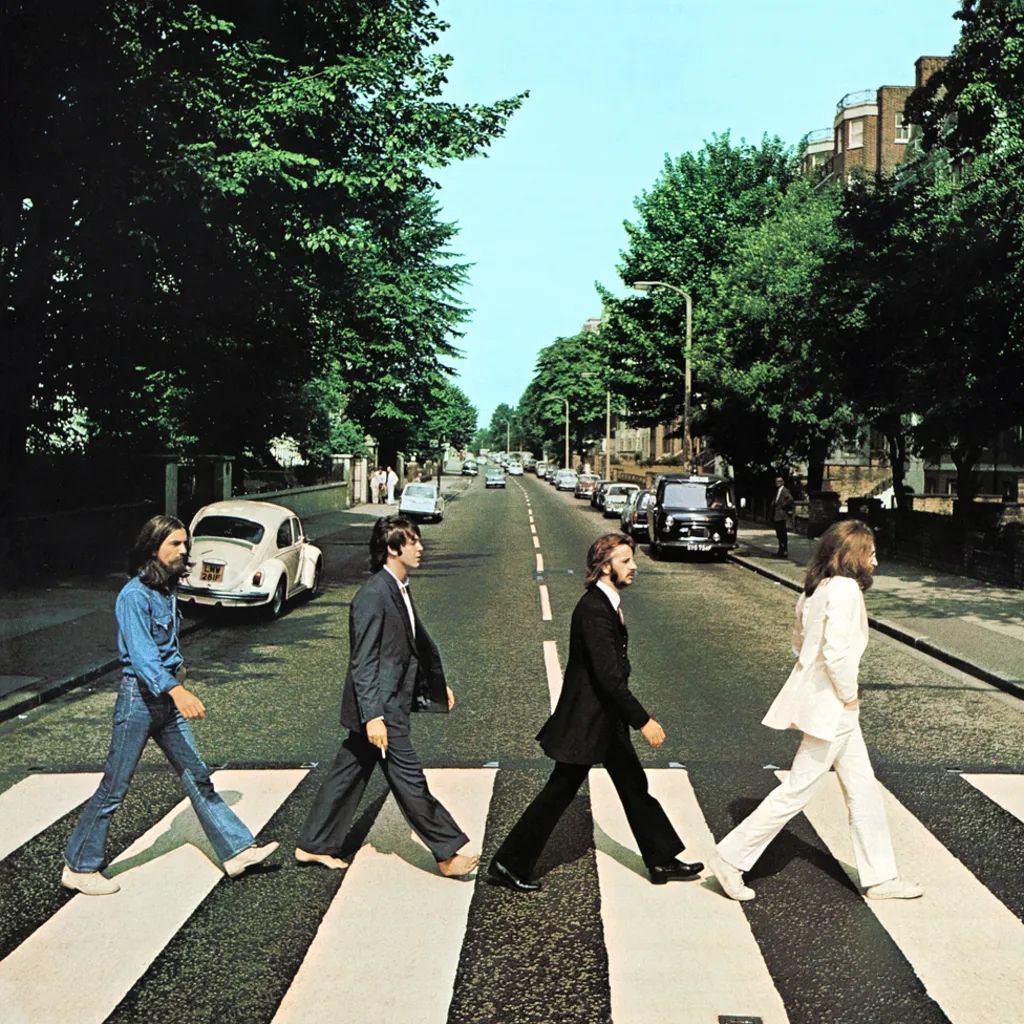



There’s a subtitled Spanish movie out, “Storm The Skies” about Ramón Mercader.
Link to article on recently uncovered murder weapon:
http://images.google.com/imgres?imgurl=http://images.usatoday.com/news/_photos/2005/07/11/inside1-apmexicotrotskyicepick.jpg&imgrefurl=http://asp.usatoday.com/community/utils/idmap/12979958.story&h=180&w=180&sz=8&hl=en&start=33&tbnid=vYRk87-FSUIssM:&tbnh=101&tbnw=101&prev=/images%3Fq%3Dice%2Bpick,%2BTrotsky,%2B%26start%3D20%26gbv%3D2%26ndsp%3D20%26svnum%3D10%26hl%3Den%26sa%3DN
LikeLike
We have a video store here with Spanish films; I’ll see if they have “Storm the Skies.”
About that ice pick: I saw a reference to the “recently-discovered weapon” and was immediately skeptical. I’ll check out your link.
Thanks – Oh, about the Kahlo painting, “Self-Portrait with Thorn Necklace and Hummingbird” – I have uncovered another title – “Self-Portrait with Thorn Necklace, Hummingbird, and Monobrow (or Unibrow).” What do you know about this? I assume Frida’s paintings were titled in Spanish first? Do you know?
Lisa
LikeLiked by 2 people
Don’t really know about how Frida titled her paintings.
I asked about the “piolet” the last time I was at the Trotsky Museum and it has not resurfaced since the initial incident. Somebody may have pointed out she was trying to sell illegally held property.
In our Rivera “Pan American Unity” mural (www.riveramural.com), Stalin is holding the murder weapon.
LikeLike
Will, in what panel of the mural is Stalin pictured?
LikeLike
Stalim is with the Hitler and Mussolini in the panel to the right of the center panel. (Panel 4, upper part)
(www.riveramural.com)
LikeLiked by 1 person
Revision to my last posting:
Stalin is in the upper part of the lower panel 4.
LikeLike
I will look this morning. Thanks!
LikeLike
http://www.ft.com/cms/s/2/bca5a736-56de-11de-9a1c-00144feabdc0.html
Just got this link to a new book on Trotsky.
LikeLike
The book covers just the years in Mexico. Outstanding. Thanks. How could Frida and Diego cram so much travel and intrigue into their years, in a day when travel was slow and communication slower?
LikeLike
[…] Frida’s Red Hot Lover << Lisa’s History Room Leave a Comment […]
LikeLike
I found this page while I was looking for photos of Natalya Trotsky. I just finished reading The Lacuna and was working on a book review. When I discovered your site, I had to read more. I love your approach!
I’ve linked this post about Frida’s Red Hot Lover to my book review of The Lacuna. Here’s the direct link:
LikeLike
Jorie, thank you for the link. Now I get to read your blog.
LikeLike
Its very interesting. I like pple who trust @ other. Nice story 2 read.
LikeLike
Is It possible to find copies of the love letters that Trotsky wrote to Frida
I am very interested!
LikeLike
Guido, that’s a good question. I suppose you could call Mexico City, the Frida Kahlo Museum, at 525-658-8732 and ask someone (in Spanish!). Let me know. http://www.mexconnect.com/articles/1379-the-frida-kahlo-museum
LikeLike
I’m currently reading Patenaude’s “Trotsky: Downfall of a Revolutionary” and came across this page while searching for photos of Trotsky, Natalia, and Frida.
About the letters, according to Patenaude, Trotsky asked Frida to return his letters so he could burn them.
LikeLike
Very much appreciated the above–very informative. At the risk of coming across a tad pedantic, I would like to suggest that the appropriate term is “TrotskyIST,” as opposed to the rather more pejorative “TrotskyITE” which I imagine was a contrivance of his Stalinist nemeses. After all, one never encounters in writing “Stalinites,” “Maoites,” or “Marxites” all of which would carry a not-so-faint resonance with “anti-semite.” Given the plausibility of the charge that Stalin was something an anti-semite himself, I think we would do well to eschew “TrotskyITE” as a modifier of any individual or political tendency.
LikeLike
Trotsky was killed using a ice-axe; not an ice-pick, which is sufficient to fell your average social-democrat but not a true hero of the working class.
LikeLike
[…] was intrigued to hear that, for a while, Trotsky had made a habit of nipping to the nearby home of the artist Frida Kahlo for what unreconstructed people would call a Bit of the Other; thrilled […]
LikeLike
[…] Rogers, L. (2014, April 30). Frida’s Red Hot Lover. Retrieved April 08, 2017, from https://lisawallerrogers.com/2009/06/10/fridas-red-hot-lover/ […]
LikeLike
[…] City. When Trotsky arrived Rivera was too ill to meet him, but Diego’s wife, the fascinating Frida Kahlo, turned up to welcome […]
LikeLike
[…] https://lisawallerrogers.com/2009/06/10/fridas-red-hot-lover/ […]
LikeLike